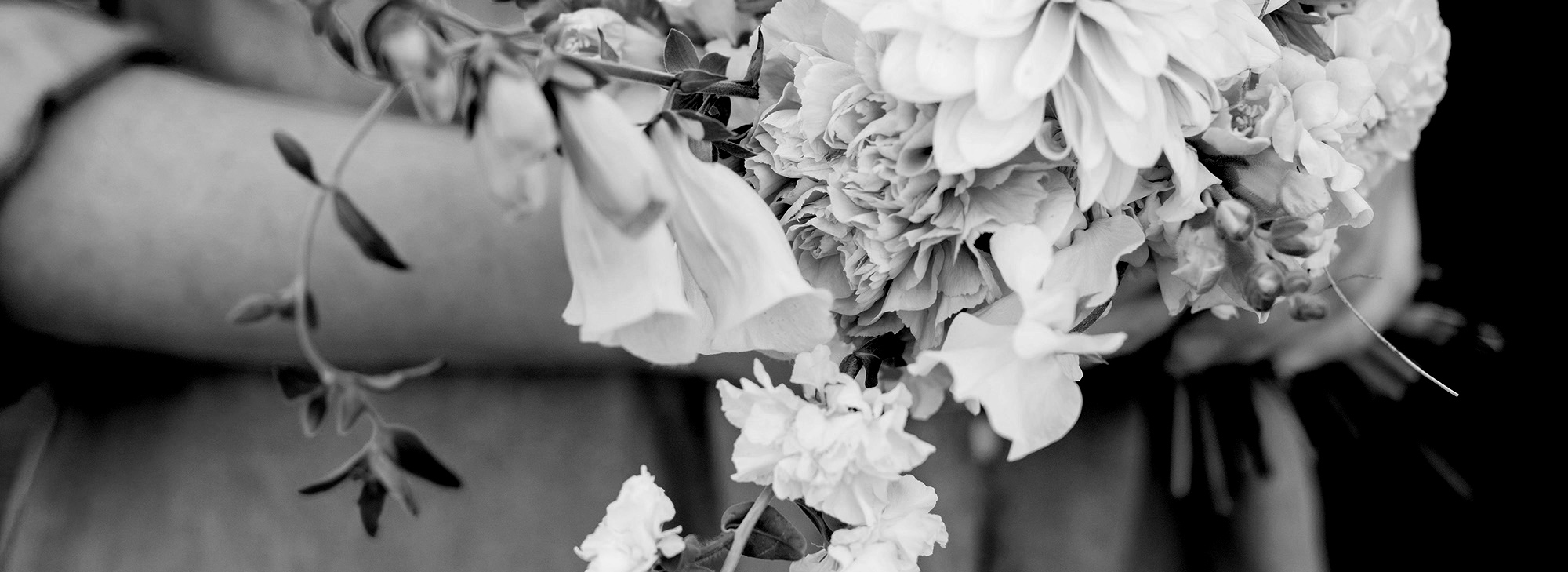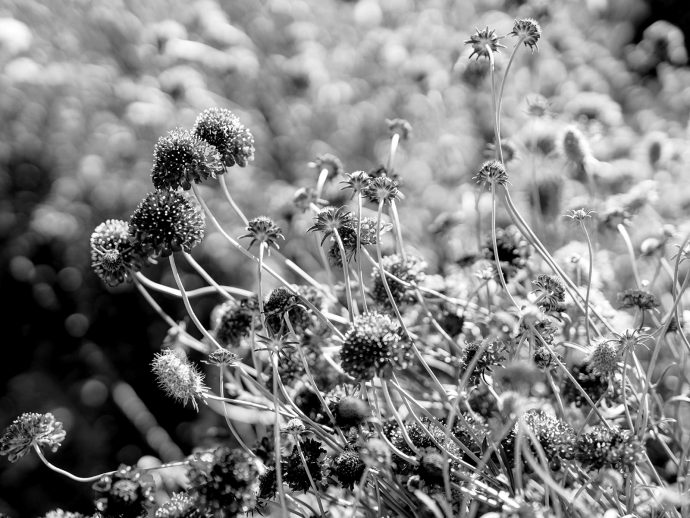Here at Sea Change we talk aaaaallll the time about using 100% locally-grown and seasonal flowers in all of our design work! Running a business that is sustainable for both us and the planet is important to us.
But what does “local” really mean? When you get flowers from us, how local are your locally-grown blooms? In the interest of full transparency, let’s talk about it.
There are four levels of “local” that we use when we’re sourcing flowers for our design work.
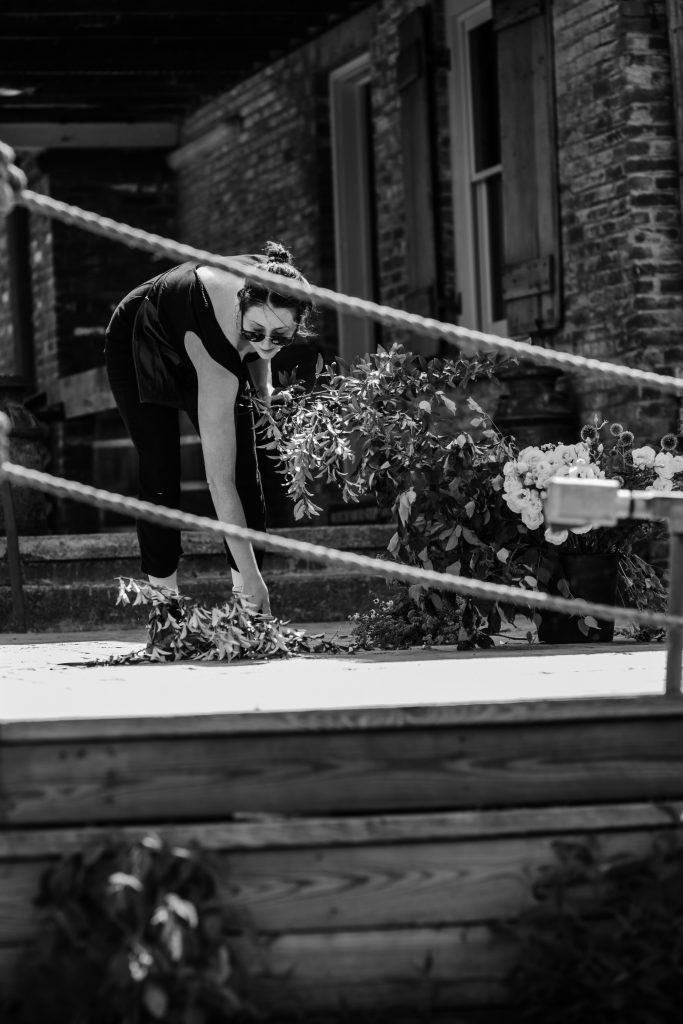
1. Zero-Mile Flowers
The most local flowers are the ones we grow ourselves! Sea Change Farm grows blooms from May through October, ranging from tulips to dahlias and (almost) everything in between.
If you get our flowers through a farmer’s market, grocery store, or CSA, then 99% of those blooms travelled zero miles to get to our hands.
If you are getting wedding flowers from us, we often organize our crop plan around your event, so we grow a lot of zero-mile flowers specifically for you!
Whenever possible, we love growing the flowers that we design with.
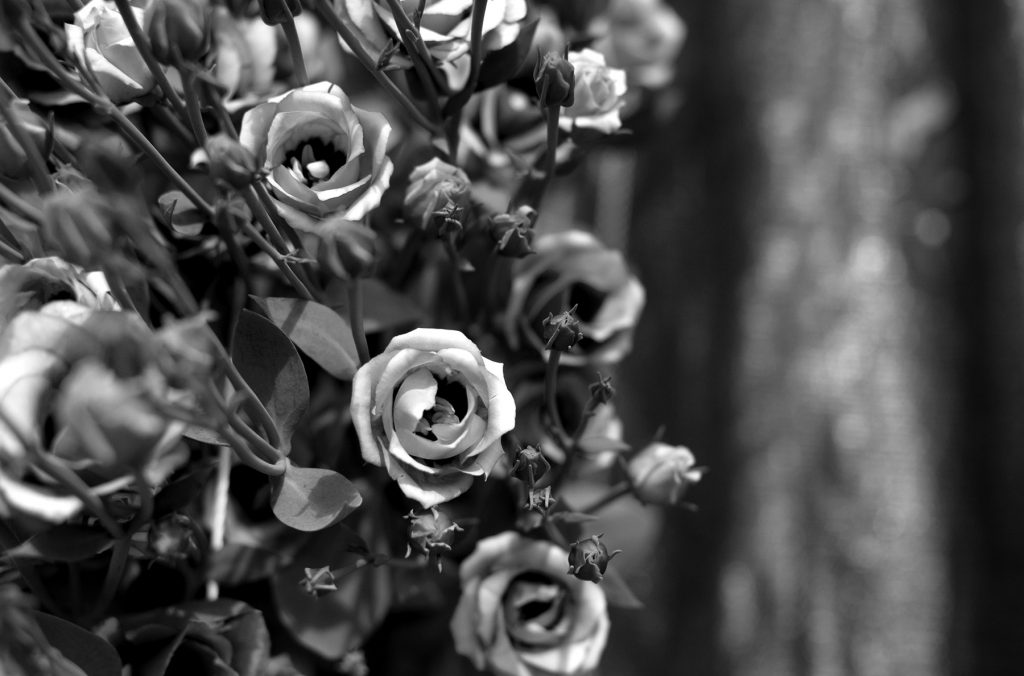
2. Face-to-face Flowers
The next level up from our “zero mile,” own-grown flowers are flowers grown by our wonderful network of flower farmer friends. I call this “face-to-face local” because I pick these blooms up from the farm in-person or get them delivered to me by the farmer who grew them.
Face-to-face local flowers come from farms close to ours, generally within 25 miles of our farm–aka, the farthest I am usually willing to drive 😀
Occasionally, we use flowers from our local farmer friends to supplement our farmer’s market offerings. We definitely lean on this network to support our wedding work, especially when we need something specific that we don’t grow ourselves.
Here are some of the local flower farms that we source from:
Battenfeld’s Anemone Farm in Red Hook, NY
Brittany Hollow Farm in Rhinebeck, NY
Meadow Wilds in High Falls, NY
Shoving Leopard Farm in Rhinebeck, NY
Stars of the Meadow in Accord, NY
The Flower House 10547 in Mohegan Lake, NY
Twilight Acres Farm in Stone Ridge, NY
Vanishing Point Farm in Highland, NY
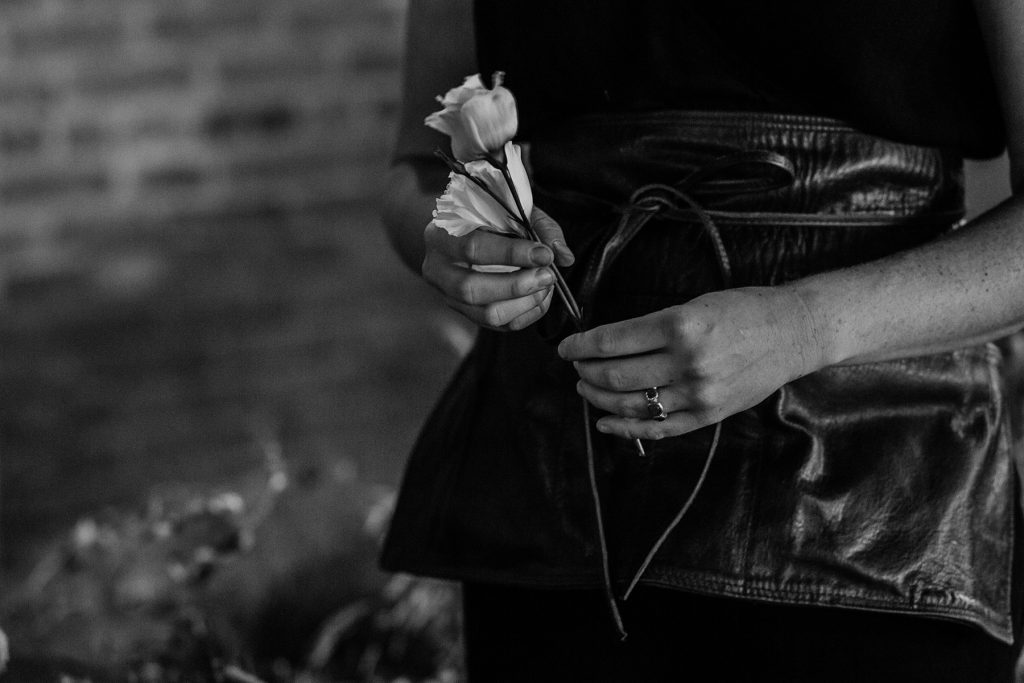
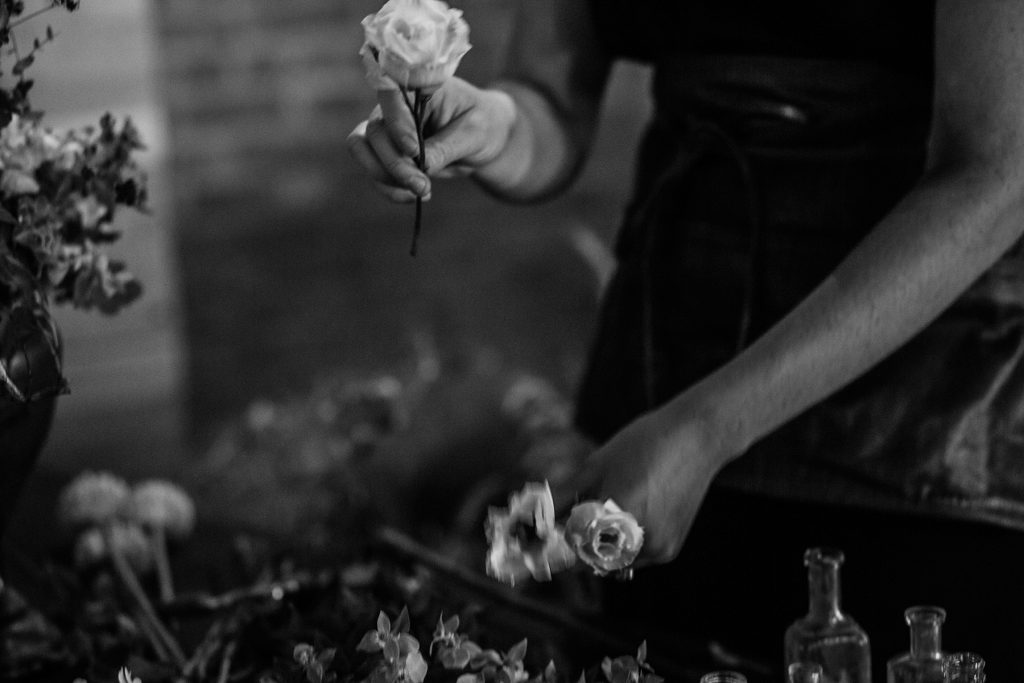
3. Regiona-local Flowers
The next level up, and the farthest-flung that we typically get with our flowers, are blooms that are grown by regional growers who we don’t know firsthand. We source these flowers through a regional wholesaler.
When we need larger quantities of flowers, something very specific, or flowers that require heated winter growing, we usually source those from a larger regional grower.
Flowers in this category may come from neighboring states in the Northeast. Our goal is (always) to use flowers that are in-season in our climate, and that don’t need to be shipped in any sort of refrigerated truck, boat, or airplane.
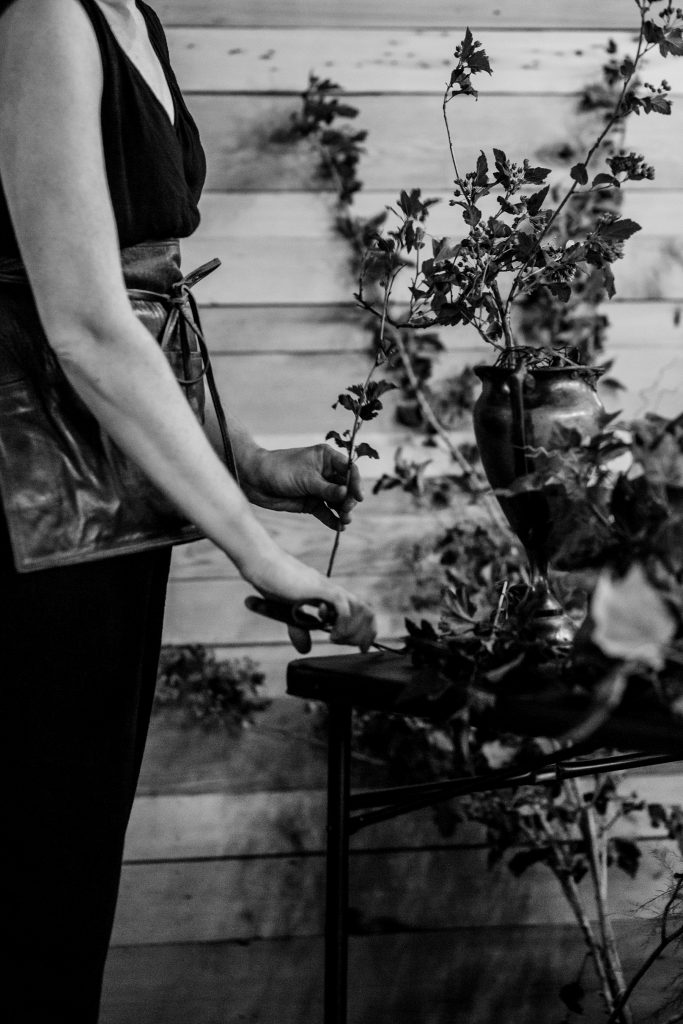
4. American Grown Flowers
This is a bit of a last resort for us, but if we can’t source what we need from any of the above local categories, we will source American-Grown flowers from elsewhere in the country.
Flowers in this category come from farther away, so we minimize this category as much as possible in favor of closer options. We will often propose other solutions to our design clients if we sense that their vision might require us to source flowers outside of the Northeast.
However, there is a thriving network of flower farms all across the country that grow beautiful blooms in sustainable ways! By using American-Grown flowers, even from other regions of the country, we can still support a more sustainable floral system.
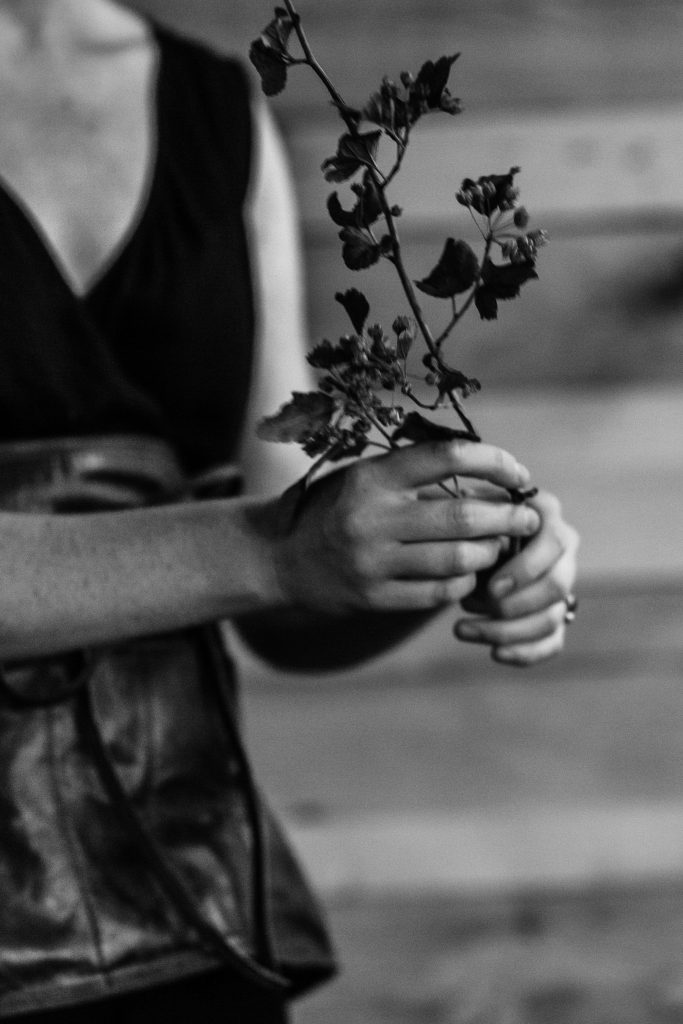
Exceptions
For all of our fresh flowers, and most of our dried ones, we source locally from the categories above. However, there are some exceptions.
These exceptions, while not as local as the flowers we can source from growers in our immediate region, are still American-grown. They still meet a certain standard of sustainability for us, and I’ll explain why.
Dried Flowers
Occasionally, we do source dried flowers that weren’t grown in our region. This includes things like pampas grass. In our opinion, dried flowers are always in-season! We like to encourage clients to embrace dried flowers when possible as a more sustainable alternative to fresh flowers, especially in the winter. Even locally-grown winter flowers require lots of energy inputs to heat their growing spaces.
Because dried flowers don’t need to be kept warm in winter, cool in summer, or hydrated during transport, and because they can be reused, we make an exception for them–if we can’t find a good local substitute first!
Moss
Moss is a beautiful addition to many floral arrangements, especially for wedding work! However, moss is a slow-growing plant, and it’s really important that the moss we use be sustainably harvested.
The best sources we’ve found for sustainably harvested moss are based in southern states like North Carolina and Florida, where warm, humid conditions make the world a mossy wonderland. Since moss can be dried or preserved and shipped by ground at this lighter weight, we make an exception for it–especially if we can get multiple uses out of the same moss.
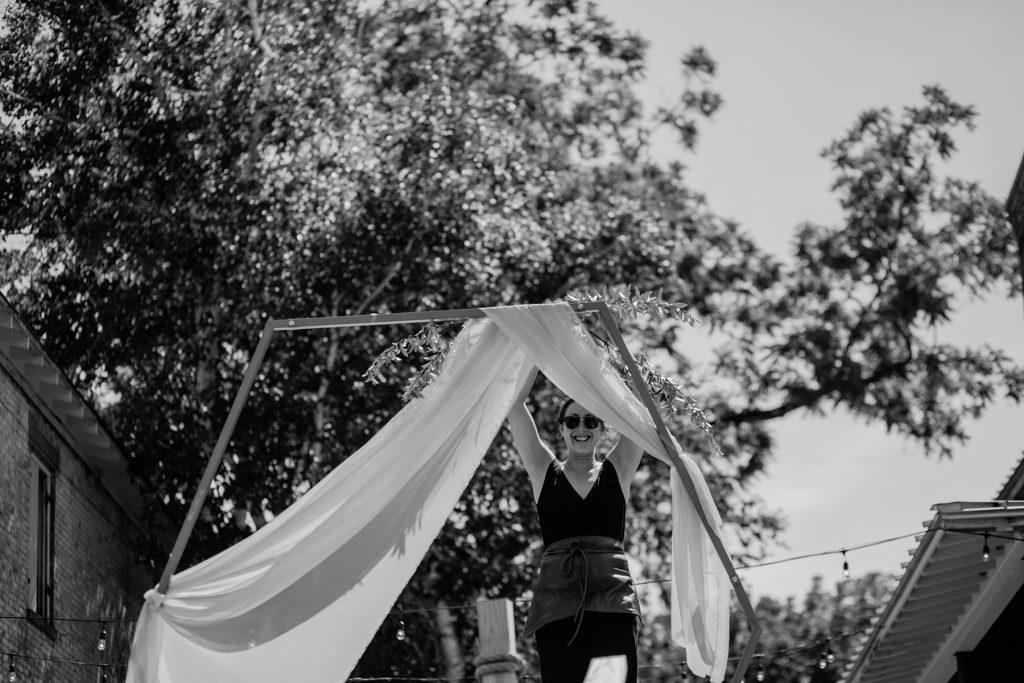
So: How Local is “Local”?
Mostly, from right here at our own farm! But until we learn how to grow every flower under the sun, from other flower growers in our region, too. And for special exceptions, from other states in the USA that use sustainable growing and harvesting methods.
Whichever category we are sourcing from, sustainability is top-of-mind for us! We are firm supporters of the Slow Flowers movement, and you can trust us to get you flowers that are both beautiful and environmentally responsible.
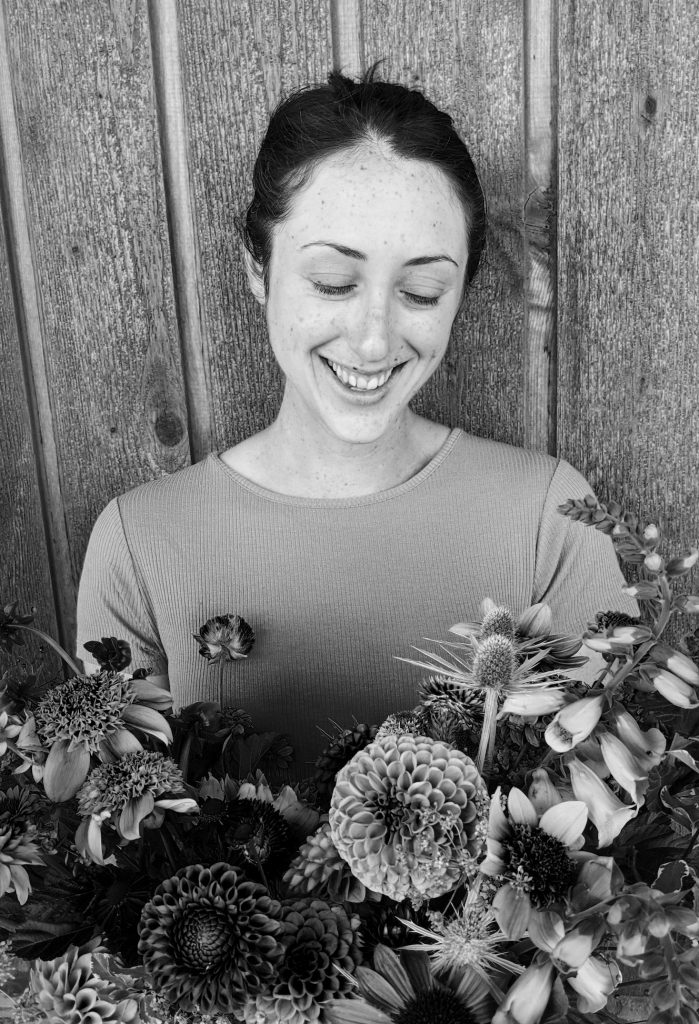
Samantha is the head farmer and florist at Sea Change Farm & Flower.
Want flowers in your inbox? Sign up for our newsletter here.

